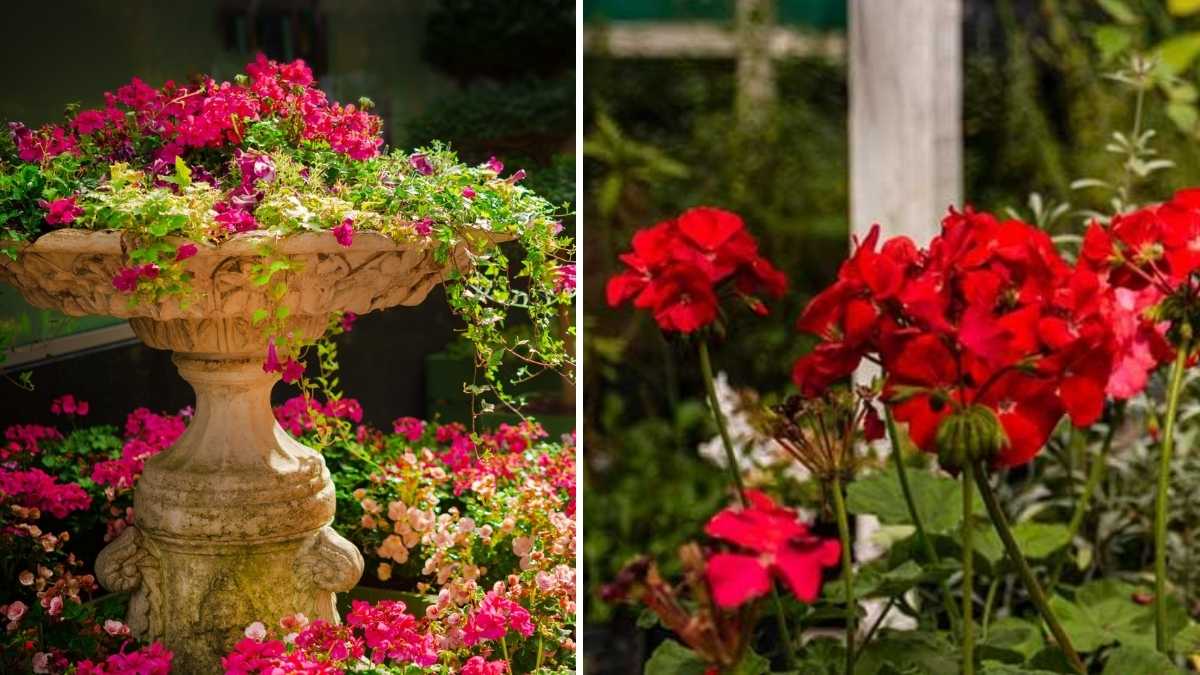Join on WhatsApp
Get the latest updates directly on WhatsApp – motivation, news & more!
Flower gardening is more than just a hobby; it’s an art form. The joy of watching a seed transform into a beautiful bloom is something that many gardeners cherish. However, cultivating a vibrant and flourishing garden requires more than just planting seeds and watering them. There are hidden secrets that experienced gardeners know which can take your garden to the next level. In this article, we’ll uncover five essential tips from the experts that will help you master the art of flower gardening.
1. Understand Your Soil
Before you even think about planting flowers, it’s crucial to understand the soil you’re working with. Healthy soil is the foundation of any successful garden, and knowing its composition can greatly affect the success of your blooms. Soil can be sandy, clayey, or loamy, and each type has its own needs when it comes to nutrients and drainage.
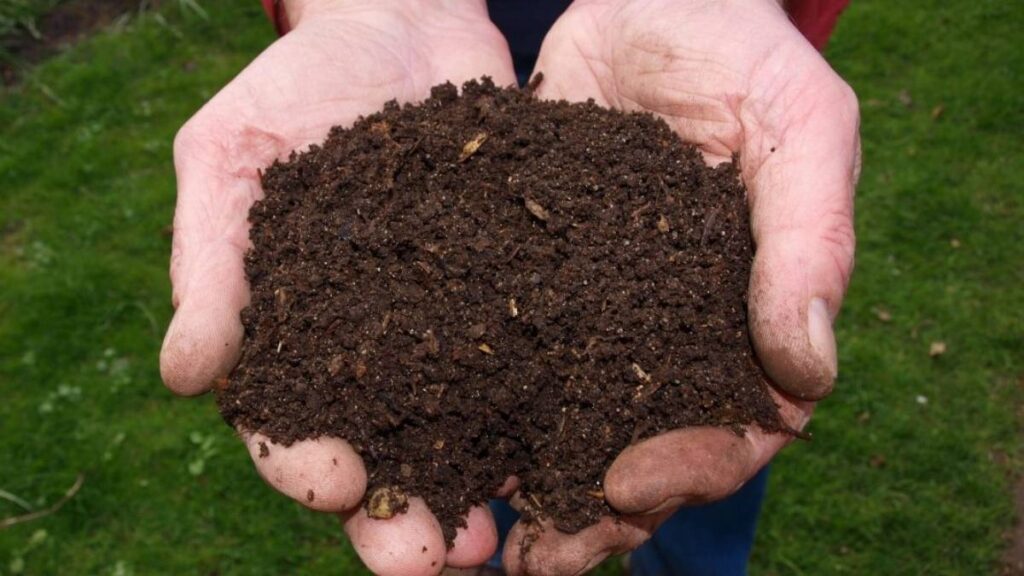
One of the most important things to test is the soil’s pH level. Some flowers thrive in slightly acidic soil, while others prefer a more neutral or alkaline environment. You can easily test your soil’s pH with a simple testing kit from a garden store. Additionally, enriching your soil with organic matter such as compost or mulch helps improve its structure and provides essential nutrients for your flowers to grow.
The texture of the soil also impacts drainage. Flowers like dahlias or peonies require well-drained soil, while others, like irises, can tolerate slightly wet conditions. To improve drainage, you can add sand or organic material to your soil. Tailoring your soil to the specific needs of your flowers will ensure they have the best chance to thrive.
2. The Right Time to Plant
Timing is everything in flower gardening. Planting flowers at the right time of year is crucial for their success. Each flower has its own ideal planting season, and knowing when to plant is a secret that will give you an advantage in your gardening efforts.
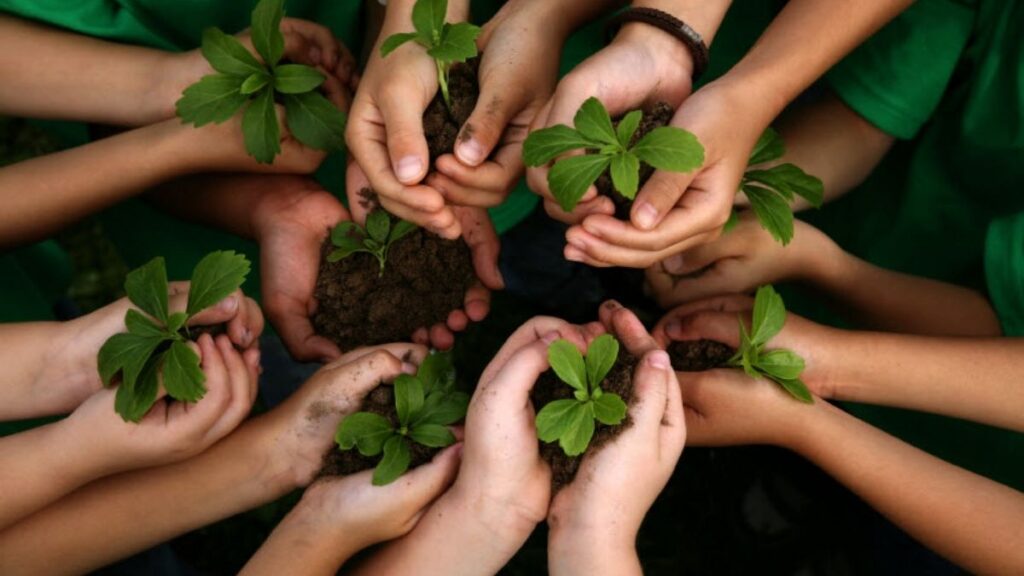
Spring is the most common time to plant flowers, especially if you’re growing annuals that only bloom for one season. However, not all flowers can be planted as soon as the last frost has passed. For example, many tropical flowers, such as hibiscus, are sensitive to cold temperatures and should be planted after the last frost date has passed, when the ground is warmer.
Perennials, which come back year after year, may require planting in the fall so they have time to establish their root systems before the colder months arrive. Additionally, early bloomers like crocuses and daffodils should be planted in the fall to ensure they have time to rest during the winter and bloom in spring. Understanding the planting timeline for each type of flower will give you the best chance at long-lasting, beautiful blooms.
3. Proper Watering Techniques
Watering your flowers may seem like a no-brainer, but doing it correctly is an often-overlooked secret to successful flower gardening. Watering too much or too little can stress your flowers, stunt their growth, and even kill them.
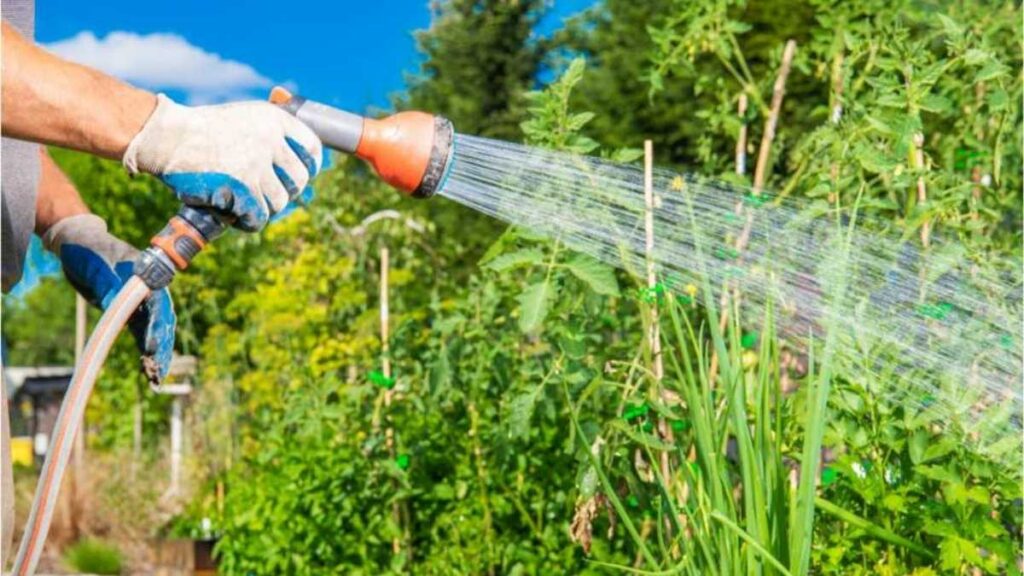
The best time to water flowers is in the early morning or late afternoon, when the sun is not as strong. Watering during the heat of midday can cause the water to evaporate too quickly, leaving your plants thirsty. Early morning watering also allows the plants to absorb moisture before the heat of the day sets in, which is essential for their growth.
In terms of quantity, it’s better to water deeply and less frequently rather than shallow watering every day. Deep watering encourages the plants to develop strong, deep root systems. Shallow watering, on the other hand, can lead to weak, surface-level roots that are more susceptible to drying out.
You should also aim to water at the base of the plant rather than overhead. Wet foliage can promote fungal diseases and mildew, which are common in flower gardens. By watering directly at the root zone, you ensure that the moisture goes where it’s needed most, without risking the health of the plant.
4. Deadheading and Pruning for Continuous Blooms
One of the secrets to a flourishing flower garden is the art of deadheading and pruning. These two practices help maintain the health and aesthetics of your flowers throughout the growing season.
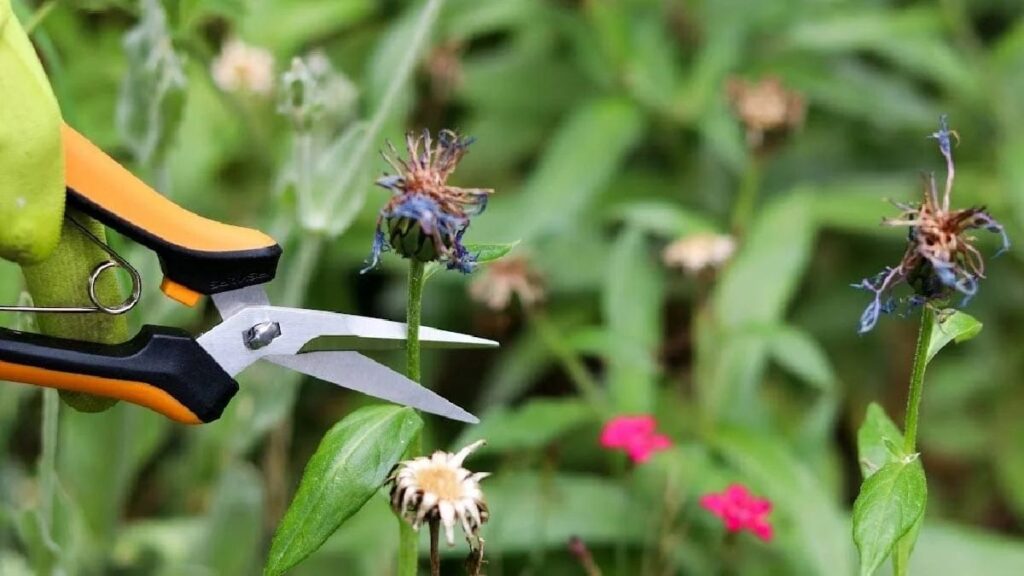
Deadheading is the process of removing spent flowers. When flowers begin to wilt or die, they stop producing new blooms. By cutting off the old flowers, you encourage the plant to focus its energy on creating fresh blooms rather than going to seed. This practice is especially beneficial for annual flowers like petunias, marigolds, and begonias, which can bloom continuously throughout the growing season if deadheaded regularly.
Pruning, on the other hand, is about cutting back the plant to promote new growth. In some cases, pruning encourages bushier plants with more flowers. For example, roses benefit from regular pruning to keep them from becoming leggy, and shrubs like lavender may need to be cut back after blooming to maintain a healthy shape. Always use sharp, clean tools to avoid damaging your plants and to reduce the risk of spreading diseases.
It’s also essential to understand when and how to prune each type of flower. Some flowers, like lilacs, should only be pruned after they’ve finished flowering, while others, like hydrangeas, may require more attention during the growing season. Each type of flower has unique pruning needs, so be sure to research the best practices for each one in your garden.
5. Companion Planting
The final secret to mastering flower gardening is the technique of companion planting. This is the practice of planting certain flowers and plants next to each other because they complement each other in some way. Companion plants can enhance growth, improve pest control, and create a more harmonious garden environment.
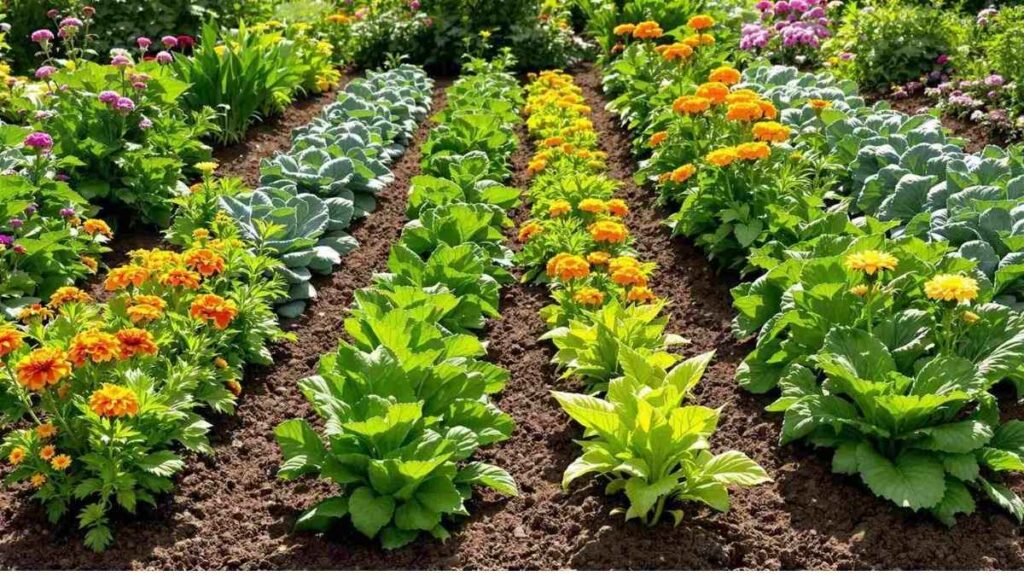
For example, marigolds are excellent companions for many flowers because their strong scent can deter pests like aphids and caterpillars. Likewise, lavender can help keep mosquitoes at bay, making it a great companion plant for flowers that you want to enjoy without the nuisance of insects. On the other hand, some plants, such as sunflowers and zinnias, are known to attract beneficial pollinators like bees, which will help pollinate your flowers and encourage more blooms.
Beyond pest control, companion planting can also help with soil fertility. Certain flowers, like beans or peas, fix nitrogen in the soil, which can benefit other plants like roses or dahlias that require rich, fertile soil to thrive.
Additionally, consider the height and spacing of your flowers when planning your companion garden. Taller flowers, such as sunflowers or delphiniums, can provide shade for shorter, more delicate flowers that prefer less direct sunlight. By designing your garden with companion planting in mind, you’ll create a thriving, balanced ecosystem that enhances the beauty and health of your garden.
Flower gardening is a rewarding experience that brings beauty to your life and your landscape. By understanding your soil, planting at the right time, watering properly, deadheading and pruning regularly, and practicing companion planting, you can elevate your gardening skills and watch your flowers thrive like never before. With these five secrets, you’ll be well on your way to mastering the art of flower gardening, creating a garden full of color, fragrance, and life year after year.

